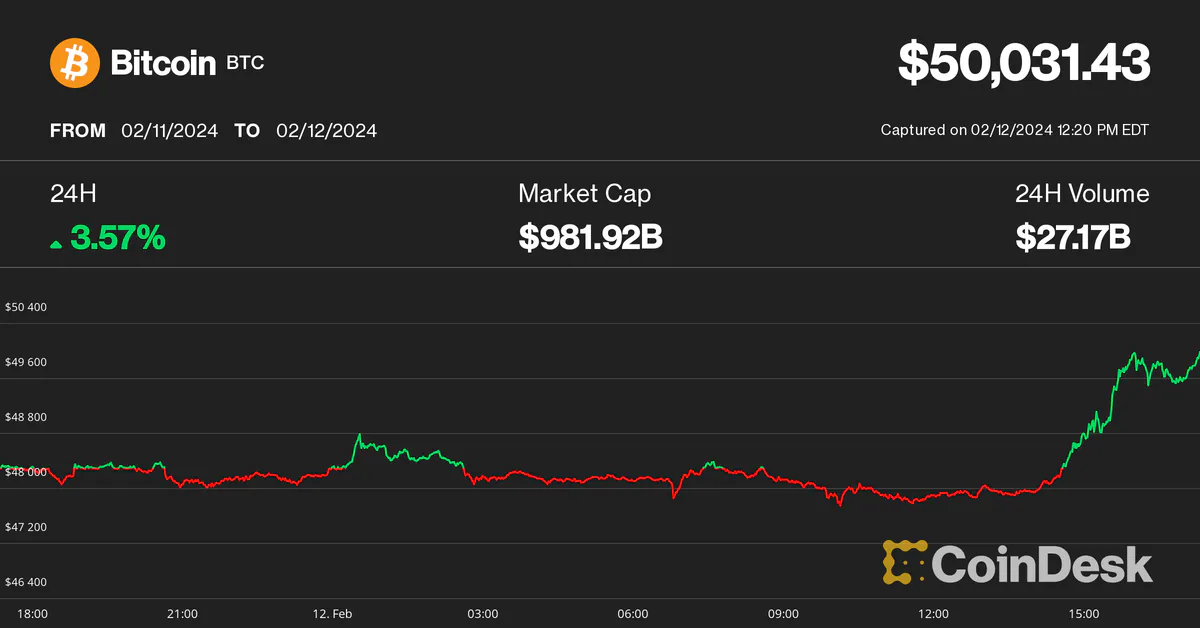Synthetix Proposal Ends Inflation Reshaping the Staking Rights of SNX Holders, Potentially Becoming a Deflationary Blue Chip Project.
Synthetix's Proposal to End Inflation Could Transform Staking Rights for SNX Holders, Paving the Way for a Deflationary Blue Chip Project.Author: Jiang Haibo, LianGuaiNews
On December 9th, Synthetix’s 2043 improvement proposal “SIP-2043: End SNX inflation” began voting on Snapshot. If the proposal is approved, it will mean the end of Synthetix mining and inflation era, and SNX will become a deflationary (possibly deflationary) blue chip token.
According to Synthetix’s governance framework, its governance structure includes several committees and groups elected by SNX stakers, with elections held every 4 months. One of them is the Spartan Council (SC), which is the core governance institution responsible for voting on improvement proposals and parameter changes.
As of the morning of December 11th, 6 out of 8 members of the Spartan Council have voted in support of SIP-2014, with a support rate of 100%. This also means that the proposal is likely to pass, with the final vote scheduled to end on December 18th.
- Financing Weekly | 19 Public Financing Events; Animoca Brands’ NFT series Mocaverse announces completion of $11.88 million financing.
- Not just Cristiano Ronaldo? Taking stock of celebrities sued for participating in crypto projects
- Checking the latest progress of 13 Bitcoin spot ETF proposals Will SEC make a decision next month?

Shift in Interests of Stakers and Regular Holders
According to the protocol rules, SNX stakers in Synthetix act as counterparties for synthetic asset and perpetual contract trading. Based on this, SNX stakers can receive transaction fee rewards and SNX inflation rewards.
So before this, the rights of SNX stakers include: profit/loss from being a counterparty to traders + inflation rewards + sUSD debt destroyed through fees. Considering that Synthetix’s Andromeda version has been deployed to the Base through voting, if the current proposal to end inflation is passed, the rights of SNX stakers will include: profit/loss from being a counterparty to traders + sUSD debt destroyed through transaction fees + transaction fee income on Base.
Compared to other perpetual contract projects, the income of SNX stakers as liquidity providers is also more stable. As shown in the graph below, the profit/loss of SNX stakers (including transaction fees and profit/loss from being a counterparty to traders) has been consistently trending upwards.

As shown in the graph below, in the previous Epoch (November 30th to December 6th), the APR generated by inflation was above 10%, while the APR generated by sUSD destruction through transaction fees was above 5%. The specific values may vary depending on the collateralization ratio.

This proposal is due to the fact that inflation has significantly decreased compared to before. In addition, Synthetix v3 will soon be deployed on Base, which will generate new income. At the same time, SIP-345 proposal, which is currently being voted on, aims to use 50% of the fees generated on Base for SNX buybacks and burns, while the other 50% will be allocated to liquidity providers. However, there are differences in opinions on this proposal, and the voting will end on December 13th.

Even without new inflation income, the stable staking rewards mentioned above, as well as the additional income generated on Base, may be enough to attract sufficient stakers to continue staking.
For ordinary SNX holders, this proposal will increase their rights, and the downward pressure on prices caused by inflation incentives will disappear. If the SIP-345 proposal passes, SNX will also enter the era of deflation.
The Importance of SNX Staking
For Synthetix, maintaining a sufficiently high staking ratio is more important compared to other projects. Both the existing synthetic assets and the current perpetual contracts require a sufficient volume of synthetic assets.
sUSD is an “endogenous collateral stablecoin” that relies on SNX within the same system as collateral. Similar stablecoins have almost all failed. In order to maintain stability, Synthetix has set the collateralization ratio of sUSD to 500%. Even if SNX drops significantly, it usually does not face liquidation.
This means that the more SNX is staked, the more synthetic assets can be minted. In the current perpetual contract trading of Synthetix, only sUSD can be used as collateral. The supply of sUSD may also restrict the trading volume of perpetual contracts. If there is not enough liquidity for sUSD on the secondary market, and if there is high volatility requiring the purchase of sUSD for trading or increasing collateral, there may be a premium of 1% or even higher when buying sUSD, which will also affect the trading experience. This is also the reason why high inflation was relied upon to attract staking in the past.
However, the rules that restrict the project’s development through sUSD may disappear. The upcoming Andromeda version of Synthetix, which will be deployed on Base, will use USDC as collateral. From this perspective, the importance of sUSD will decrease, and Synthetix’s dependence on SNX stakers will also decrease.
Through Multiple Inflation Adjustments
Synthetix has undergone multiple inflation adjustments in its history. It is also considered one of the earliest projects to start liquidity mining, and gradually reducing inflation was a plan set from the beginning.
In 2019, when Synthetix changed its name from the previous stablecoin project called Haaven to its current name and synthetic asset business, to attract funds staking, minting sUSD, and distributing tokens quickly, Synthetix started a period of high inflation where the initial year’s staking rewards could be close to 100%.
In March 2019, Synthetix set up an inflation schedule, planning to issue a total of 245 million SNX. Initially, 1.44 million SNX would be issued per week, with the reward halved every 52 weeks for a total duration of 260 weeks.
Considering the uncertainty brought by the reward halving, SIP-23 and SIP-24 proposed in September and October 2019 adjusted the inflation to gradually decrease on a weekly basis. By August 2023, the inflation rate would decrease to 2.5%.
In August 2022, Kain also proposed a plan to end SNX inflation and set the total supply of SNX to a cap of 300 million. However, this proposal remained in the draft stage and was not voted on.
Summary
This proposal to end inflation implies a redistribution of rights between SNX stakers and ordinary token holders. The proposal is highly likely to be approved, and the inflation incentive for SNX stakers will disappear, preventing the continuous weakening of rights for ordinary token holders due to inflation.
As SNX stakers act as counterparties for traders and receive relatively stable transaction fees, their income has been on an upward trend. This additional income compared to ordinary token holders may also attract sufficient staking volume. With the upcoming deployment of the Andromeda version on Base, the reliance on sUSD and stakers will decrease as USDC becomes collateral, which will also bring new income for stakers.
We will continue to update Blocking; if you have any questions or suggestions, please contact us!
Was this article helpful?
93 out of 132 found this helpful
Related articles
- Galaxy Exploring the Impact of Large-Scale Wealth Transfer on the Cryptocurrency Market
- Will 2024 be the year of AI tokens? Quick look at 10 low-cap AI projects
- Bloomberg column Bitcoin is winning a place in balanced investment portfolios.
- Bitcoin ETFs and the Battle of Redemption Structures
- Inventory of 7 major protocols to be launched and upgraded
- MEME is popular, why can’t the Bitcoin ecosystem replicate the diverse gameplay of the Ethereum ecosystem?
- Should we go to the Sandbox or jump on the hot trend of Ronin? Should we go both ways or cling on to the thigh?






